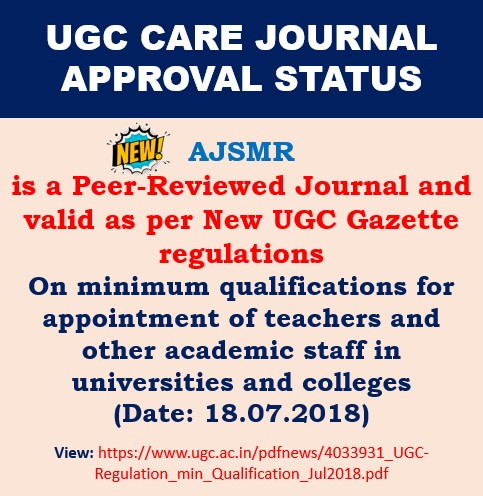Original Research Article I Volume 5 I Issue 3 I 2019
Role of Adjuvants in the Formulation
Iram Khan Tahir
The American Journal Science and Medical Research, 5(3):1-3
DOI:http://dx.doi.org/10.17812/ajsmr531
Abstract:
The formulation used in the control of the crop pests such as Helicoverpaarmigera, Spodopteraliturarequire one or more adjuvants depending upon their efficacy in the bio control. Several adjuvants were tested for the management of these pests mention above in different parts of the world. Many adjuvants were used in past 10 years but all the four adjuvants used in this formulation were found comparatively better over others in suppressing the population of H. armigera and S. litura. The opportunity to use EPN is promising because more than 90% of insect pests spend part of their life cycle in the soil. EPN have been formulated commercially in various carriers along with various adjuvants.
Keywords:
Adjuvants; Spodopteralitura; Glycerin; UV protector; Sodium bicarbonate
References:
[1]. Bedding R.A., 1991. Storage of entomopathogenic nematodes. US Patent No. 5042,427.
[2]. Boemare, N. 2002. Biology, taxomony and systematics of Xenorhabdus and Photorhabdus. In: Gaugler, R. (Ed.) Entomopathogenic Nematology. CABI Publishing, Wallinford, UK, pp. 35–56.
[3]. Cobb NA. 1918. Estimating the nematode population of soil.Agric Tech Cire Bur Pl Ind US Dep Agric. No. 1.
[4]. Dutky SR, Thompson JV, Cantwell GE, 1964. A technique for the mass propagation of the DD-136 nematode. Journal of Insect Pathology6: 417– 422.
[5]. Gaugler, R. 2002. Entomopathogenic Nematology. Wallingford, CABI Publishing UK.
[6]. Georgis R., 1990. Formulation and application technology. Pp. 179-191. In: Entomopathogenic Nematodes in Biological control (Gaugler R. and Kaya H.K., eds). CRC Press, Boca Raton, USA.
[7]. Kaya HK, Gaugler R. 1993. Entomopathogenic nematodes. Annual Review of Entomology 38: 181–206.
[8]. Kaya H.K. and Nelsen C.E., 1985. Encapsulation of steinernematid and heterorhabditid nematodes with calcium alginate: A new approach for insect control and other applications. Environmental Entomology, 14: 572-574
[9]. White, G. F. 1927. A method for obtaining infective nematode larvae from cultures. Science, 66: 302- 303.
[10]. Yakawa T. and Pitt J.M., 1985. Nematode storage and transport. PCT/AU 85/ 00020.
[11]. Nickle, W. R. and Shapiro, M. 1992. Use of a stilbene brightener Tinopal LPW, as a radiation protectant for Steinernemacorpocapsae. Journal of Nematology, 24 (3): 371-373.
Article Dates:
Received: 2 July 2019 ; Accepted: 25 August 2019 ; Published: 19 September 2019
How To Cite:
http://dx.doi.org/10.17812/ajsmr531 Received :2 July 2019 Accepted; 25 August 2019 Available online : 19 September 2019



